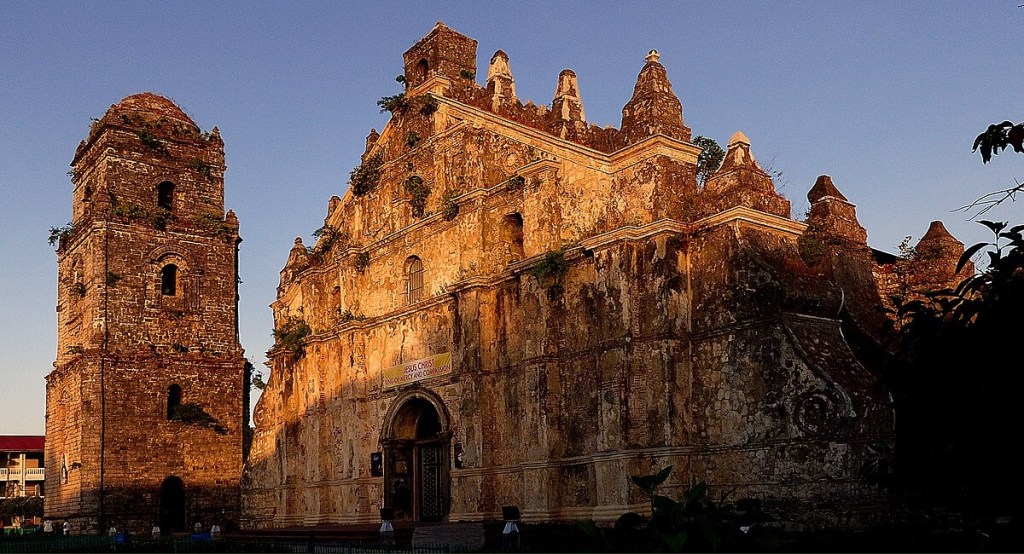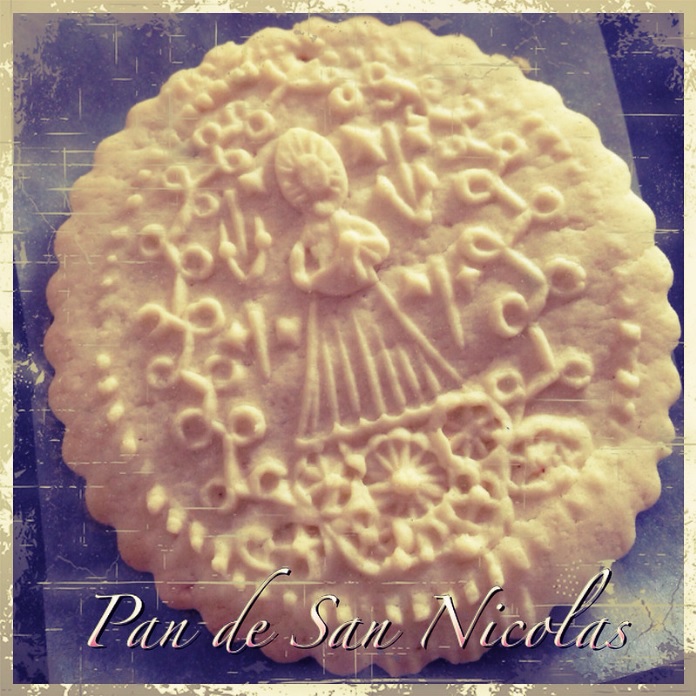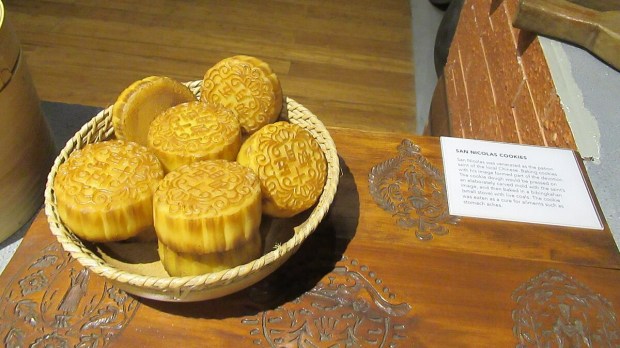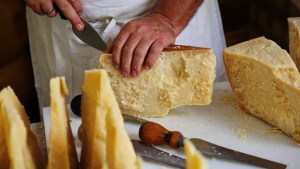We all know cookies can turn a bad day around, but in the Philippines, some cookies are believed to actually have healing powers. Made with arrowroot flour, coconut milk, and egg yolk, Pan de San Nicolas cookies are believed to help heal from disease if provided to a sick person and accompanied by prayer.
The history of these healing treats speaks to the Philippines’ multicultural past. They were first introduced in the region by Spanish friars in the 1600s and were originally fed as curative cookies to the sick on September 10, on the feast day of St. Nicholas of Tolentino, hence their name: Bread of St. Nicholas.
Soon enough, locals started to learn how to bake them from Spanish nuns who taught local women the recipe for these beloved cookies. As explained by chef and food historian Atching Lillian Borromeo, Spanish nuns living in the Philippines during the 1600s faced an unusual problem. “There was no cement back there,” Atching Lillian Borromeo explains in the above video, “so churches and buildings were built using egg white.”
Indeed, according to oral traditions, egg whites were used in ancient times as an ingredient in mortar, which was used to bind building materials. This practice left people with excess egg yolk, Atching Lillian Borromeo says. To solve this issue, ingenious nuns taught local women recipes that could make use of all those excess egg yolks, like San Nicolas cookies.
The nuns also adapted the San Nicolas cookie recipe to fit local ingredients. For example, coconut milk replaced regular milk and arrowroot flour was used instead of white flour. The resulting shortbread-like cookies became a beloved tradition for millions of Filipinos over the years.

San Nicolas cookies were also considered a way to pass on family identity. As explained by Atching Lillian Borromeo, each family would mold them with their own coats of arms. Each oval-shaped cookie would be molded with hand-carved molds made by local craftsmen using mahogany, yakal, or molave wood.
Today, some families still keep this tradition alive. “The oldest mold I have came from my great grandmother,” Atching Lillian Borromeo says. “It is almost 300 years old.” Other families imprint the cookies with the emblem of St. Nicholas of Tolentino.

The tradition still holds strong in the region of Pampanga, where Atching Lillian Borromeo lives. Part of her work as a traditional cook and food historian is to keep this 400-year-old tradition alive. “We should make the cookies with gratitude for the history behind it,” she says. “I hope these cookies will not die but live on.”



